Giantesses
Giantesses is an exhibition featuring five artists connected in various ways to Lower Silesia: Bożenna Biskupska, Urszula Broll, Ewa Ciepielewska, Katarzyna Rotkiewicz-Szumska, and Ewa Zarzycka. Although they use different media – from painting, large-scale sculpture, photography, and video to performance art and more ephemeral works – they have many things in common. Their biographies share a life-creating ethos: dedication to collective work, creation of art spaces, and development of artistic communities.
The title of the exhibition refers to a rock formation called the Giantesses in the Ślęża massif, which is an important mountain in Lower Silesia due to its location, the beauty of its landscape, and its history, which dates to pre-Slavic times when it was a place of spiritual practices and sun worship. Karkonosze, the highest range of the Sudeten Mountains, are also often referred to as the Giant Mountains. And giantesses existed in mythology. In Norse myths, the term was used to describe strong women characterized by knowledge, power, and beauty.
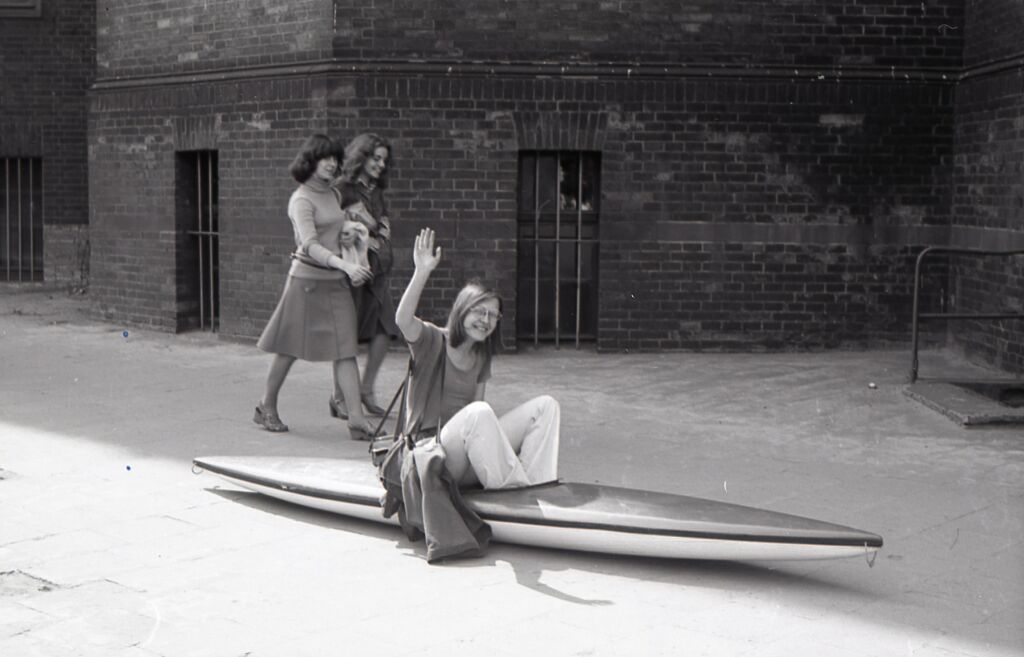
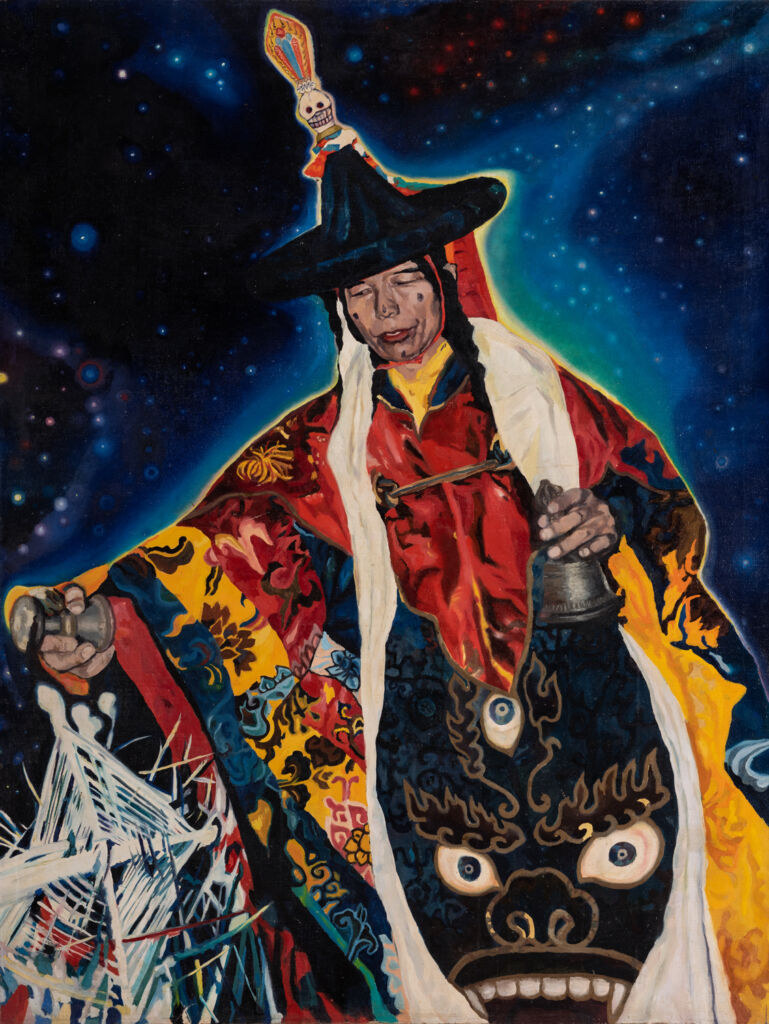
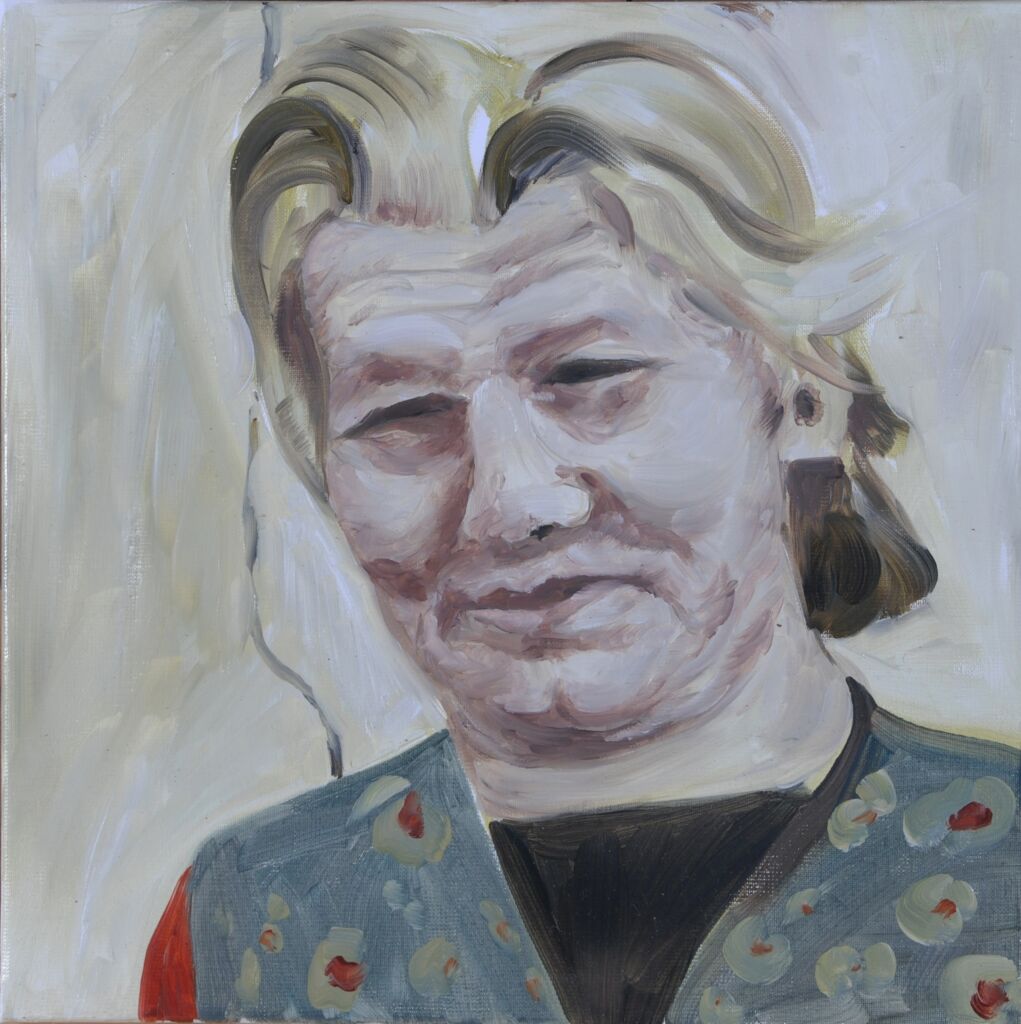
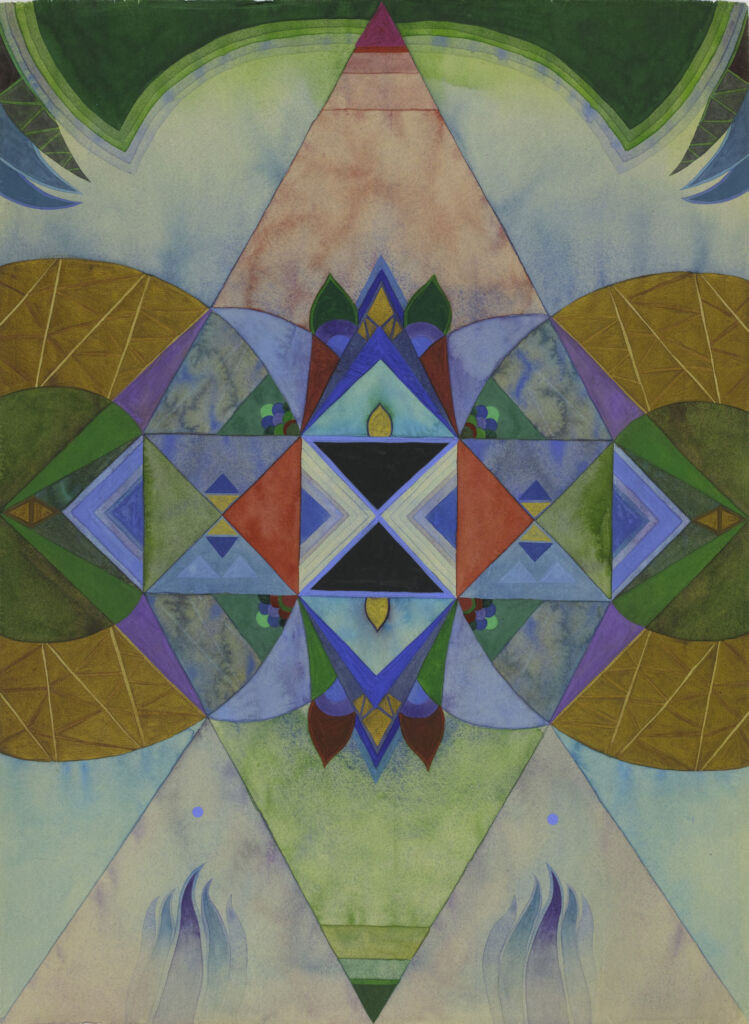
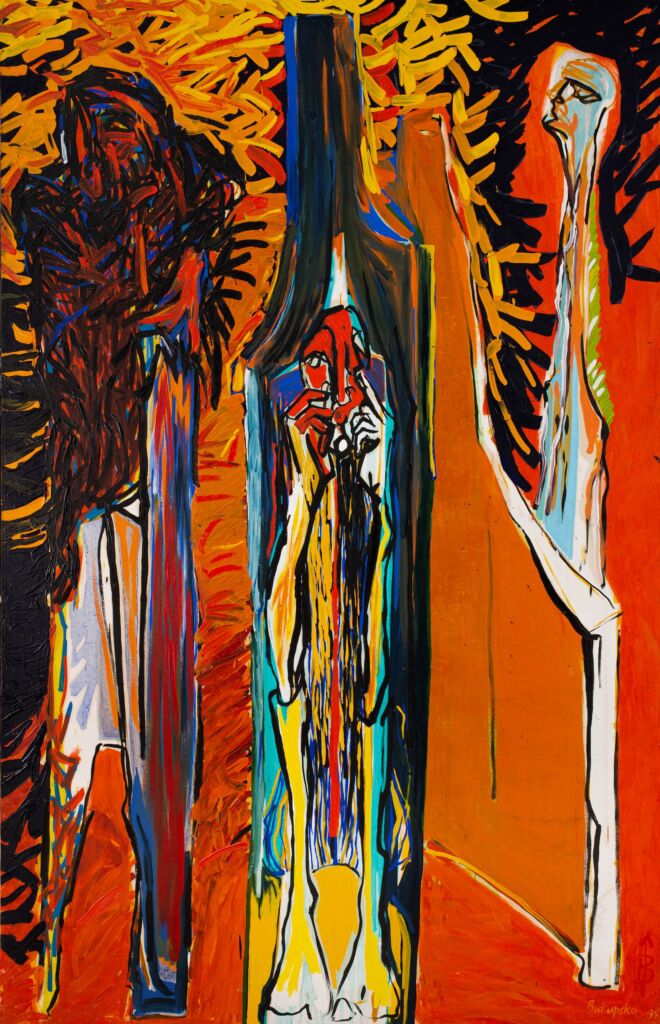
As we look at the herstories of the female protagonists of this exhibition, we can see that contemporary accounts of the lives and work of female artists tend to shy away from “prominence” and instead focus on real action. This action is not about building a career, or at least not exclusively. It is, first and foremost, an interweaving of various, not always spectacular, activities – everyday, creative activities that are done in the service of a community. The philosopher Ewa Majewska calls this “weak resistance.” This perspective makes it possible to turn away from the heroic model of subjectivity and towards the everyday. Being close to people and places seems to be a very important characteristic that distinguishes all five of the artists featured in this exhibition. Each of them, at some stage in their artistic and life path, has been involved in collective work, the creation of art spaces, circles and communities, and care work. Their extraordinary energy and driving force are revealed not only in the field of art, but also in the spheres of spiritual practice, care, construction, and social life.
Through the title and references to mythology, culture, geography, and landscape, the narrative layer of the exhibition is strongly linked to Lower Silesia, especially the mountainous regions. It is the mountains – their power, beauty, and unique climate, as well as their cultural richness and relationships between people living there – that have led artists to frequently choose this region for many years as the location for their activities. Artists’ colonies have been established here, as well as retreats where people can draw spiritual strength from contact with nature. For the artists whose works are featured in this exhibition, the Dry Mountains, the Giant Mountains and the Izera Mountains have become a place of physical, symbolic, and spiritual rootedness. The women are connected to Lower Silesia by the childhoods they spent here, their university studies, their academic work, and the daring artistic and social projects they have carried out in the region. However, this is not the only place that appears in the narrative of Giantesses. The artists have migrated over the years and continue to move around Poland, and for many of them travel and being on the road are important elements of their identities.
Sensory information:
- Light – there is daylight and artificial light at the exhibition. In Ewa Zarzycka’s room, an additional stream of light will come from video projections.
- Sound – in one part of the exhibition (Ewa Zarzycka’s space) you will hear looped sound from speakers – sounds of the train station, clattering of objects, the artist’s voice telling a story. Video works with sound will have headphones.
- Touch – the works in the exhibition cannot be touched. Exceptions are scenographic elements that are part of the works of Ewa Zarzycka (bar, tables and chairs), Ewa Ciepielewska (hammock), Urszula Broll (stools, wooden table and objects on it). The mentioned elements can also be used as resting places.
- Scent – in Urszula Broll’s space there will be the smell of Tibetan incense.
- Rest – in the exhibition space there will be seating areas (bench, chairs, stools, hammock) that can be used for rest. There will also be a chair with backrest and armrests in each wing of the gallery.
Katarzyna Rotkiewicz-Szumska’s room presents works that can evoke strong emotions.
- Artists: Bożenna Biskupska, Urszula Broll, Ewa Ciepielewska, Katarzyna Rotkiewicz-Szumska, Ewa Zarzycka
- Curators: Tomek Pawłowski-Jarmołajew, Agnieszka Rayzacher
- Exhibition design: Jagoda Dobecka
- Visual Identification: Karolina Pietrzyk, Tobias Wenig
- Production: Gabriela Pezda, Beata Turek-Józefczak
- Promotion: Joanna Glinkowska
- Assembly: Łukasz Bałaciński, Ioannis Anastasiou, Jakub Jakubowicz, Tomasz Koczoń, Daniel Mroczyński, Marcin Pecyna
- Editorial oversight: Joanna Osiewicz-Lorenzutti
- English translation: Scotia Gilroy
- Partners: lokal_30, In Situ Contemporary Art Foundation, Teatr Cinema
- Exhibition opening parter: CUDO kombucha
- Media patrons: Notes Na 6 Tygodni, Szum, Magazyn Pismo, Spotkania z Zabytkami, Pismo Artystyczne Format, Radio RAM
- Organizer: BWA Wrocław Galleries of Contemporary Art
- Special thanks: Zuzanna Fogtt, Janina Hobgarska, Roger Urbanowicz, Henryk Waniek
Co-financed by the Ministry of Culture and National Heritage of the Republic of Poland from the Fund for the Promotion of Culture – a state purpose fund.
